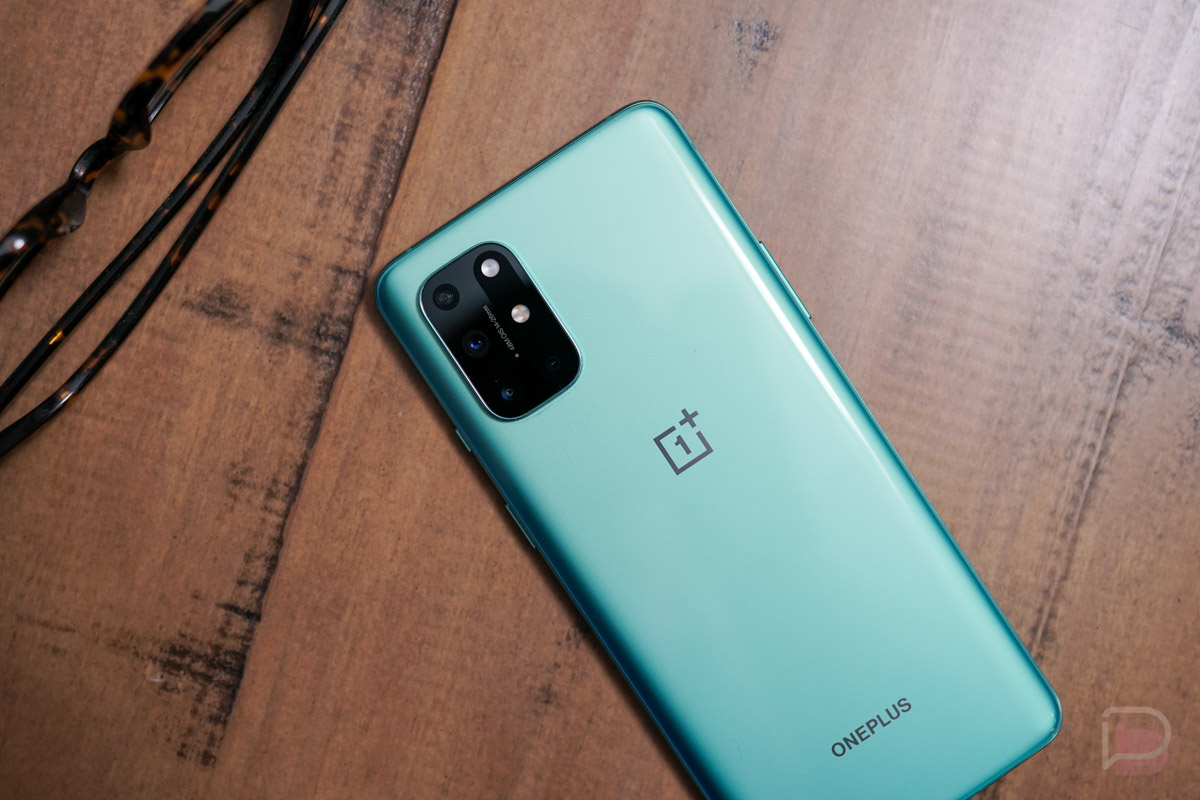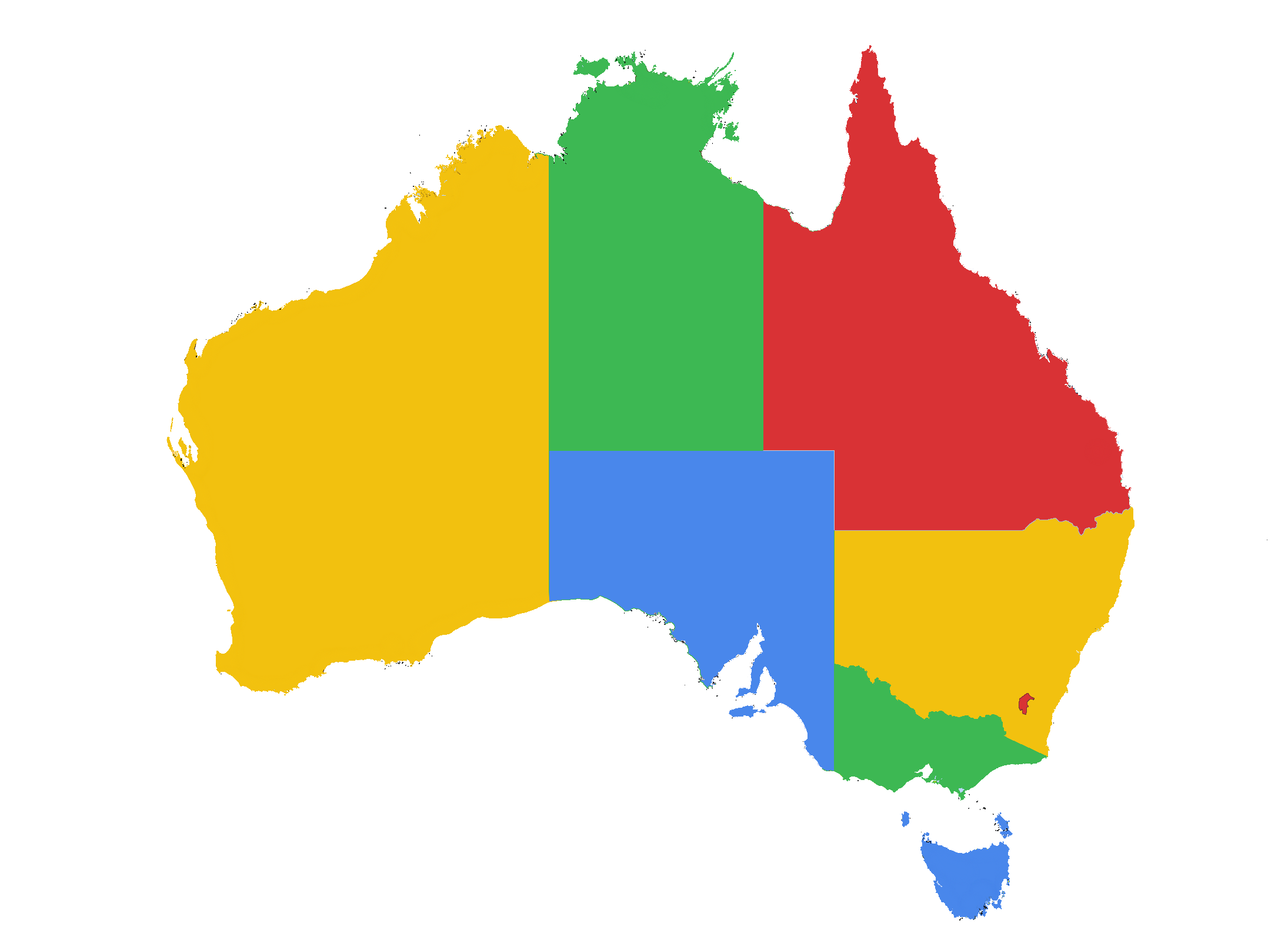It’s been a bone of contention for some time that OnePlus produces really competitive, well-performing phones that you can’t buy in many markets. The origins of OnePlus was the modding crowd, running custom ROMs on great hardware. But the market has matured beyond that now, a fact clearly demonstrated by the OnePlus change to top-flight hardware and great camera performance. Sadly though, the reach of OnePlus has remained fairly limited despite the company and their offerings being being ready for mainstream consumption.
Their BBK Electronics stablemates: OPPO, Vivo and Realme are all readily available in Australia through a variety of channels. So the recent post in the OnePlus forums by Peter Lau has really piqued interest.
The key point out of the post is that the OnePlus and OPPO businesses are integrating further, streamlining processes and — thankfully — offering more timely and stable software updates.
As many of you know, last year I took on some additional responsibilities to oversee product strategy for both OnePlus and OPPO. Since then, we have integrated a number of our teams together with OPPO to better streamline our operations and capitalize on additional shared resources. After seeing positive impact from those changes, we’ve decided to further integrate our organization with OPPO.
As for OnePlus, Lau continues noting that OnePlus will continue to operate independently. Only drawing on resources from the merger as required and continuing to use the established community for feedback. All great news, but that got me thinking…
What does this mean for the Aussie market?
On the surface, OPPO won’t change because they’re well established in Australia now. Recently dropping the Find X3 Pro which has had a lot of very positive reviews and follows the success of last years Find X2 Pro. Vivo and Realme, both low to mid-range device manufacturers (although Vivo is having a real crack with the X60 Pro) have established channels also, with their profit in their realm through volume units.
OnePlus on the other hand, has previously been — well, still is — very difficult to get hold of in Australia, usually via mail forwarders in America or grey imports. Importing your own device through a mail forwarder has risks, huge risks if you’re unfortunate enough to receive a faulty unit. Add to this, being brutally honest, the import providers don’t have the best reputation for supporting buyers on warranty claims. So, could these combined resources Lau references also offer a simple pathway for OnePlus to seamlessly slide into the distribution channels within Australia?
It makes sense to enter the new market with this merging of forces. OnePlus is growing, Australia is a strong adopter of new technologies and it’s pretty low risk in the big picture. But expanding their market, using the existing channels established by stablemates/business partners could be so beneficial for OnePlus internationally and for those markets. Higher profile, minimal costs to enter the market and without the huge logistical cost of setting up shipping pathways.
The danger for BBK from a bigger picture perspective would be the fact that — as already mentioned — OPPO is now well established in Australia. They’ve got a number of devices through a variety of price ranges, would they be impacting their own sales by bringing in another device? The hope would be that they would benefit from bringing OnePlus to Australia, but it will need to be done carefully. If you look at the Realme, Vivo and OPPO price ranges there’s a bit of a price gap between $1,100 and $1,400. So while they may “talk down” some buyers from the Find X3 Pro, dropping OnePlus (9 and 9 Pro) in that cost gap wouldn’t be poaching their own device sales. It would complement the existing range that OPPO has in Australia while taking on the likes of the S21 and Note 20 range of devices.
For users who’ve yet to have the pleasure of using one, OnePlus devices are very impressive. Both this year with the OnePlus 9 Pro (A OnePlus 9 longer-term review is coming soon) and last year with the OnePlus 8 Pro have been exceptional, showing the continued growth of design, capability and want for more market share. The hardware really hits the mark, the software is non-intrusive with a stock feel and the user experience in transfer to the device as well as use is near seamless. It’s very easy to get caught up in the hype of big brand phones, but I stand by my comment that the OnePlus 9 Pro is one of the best phones you can’t easily buy in Australia.
What’s next?
As buyers, we wait and see… It’s annoying I know, but we don’t have an option. Anyone who has seen the rise of OnePlus recognised what they’re achieving and had the chance to try one of their phones will generally tell you how good they are. We’ve seen from the post that Lau put up, the primary focus of this merger is the research and development acceleration for the main camps.

If you think about the merger and the statements involved, there could be a major downside though in the software.
Will the OPPO merger cause the demise of Oxygen OS?
There is some risk to the OnePlus brand in the more obvious joining of forces with OPPO. While Color OS has come a long way in the last couple of years, it’s still not to the taste of many users. I love the OPPO hardware but, usually put another launcher on devices to get rid of some of the behaviour of Color OS. The concern many have with the merging of OnePlus and OPPO forces is that Oxygen OS may simply become a OnePlus branded version of Color OS.
The statement within Peter Lau’s blog post that raised this concern is:
It will also allow us to be more efficient, for example, bringing faster and more stable software updates for OnePlus users.
This suggests that Oxygen OS and Color OS could become the same OS, simply with a skin that puts the brand flavour on the device. If you look at the Chinese OnePlus devices, they already run Color OS: So the possibility is very real for this to be delivered. But the short of it is, we hope not.
While it would be a genuine delight to see OnePlus make a genuine entry into the Australian mobile market, there are some risks. Risks that the phone would simply be too expensive, as an “unknown” entity to general consumers; ignored or with software tweaks in line with the increased level of partnership, not the same offering enthusiasts expect.
Whether or not entry into new markets — hopefully Australia — will happen with the new deal is unknown at this time. There is always space for more competition in the market and the winners will be the consumers.








I’d be interested if AndroidOne firmware was available.
ChinaDroid manufacturer stamping its ChinaDroid fork of android on all its devices globally.
Google needs to stand up to and clearly and openly tell BBK: Kill your forks of Android, or lose access to GApps and Android security updates.